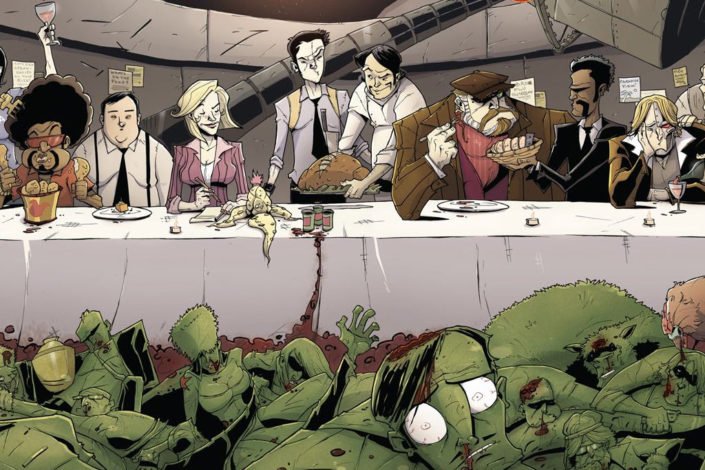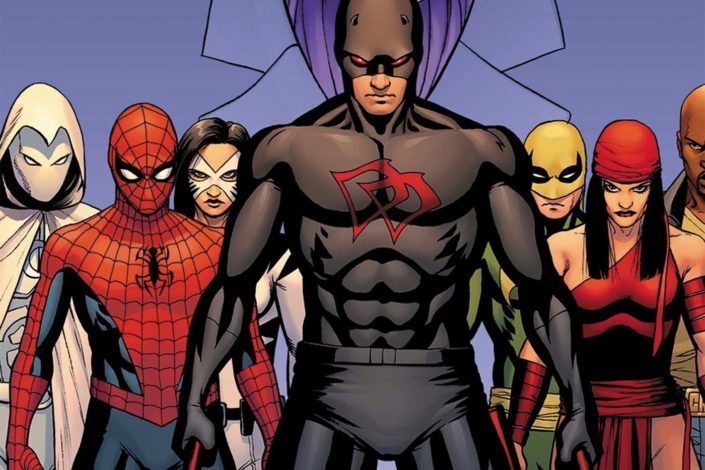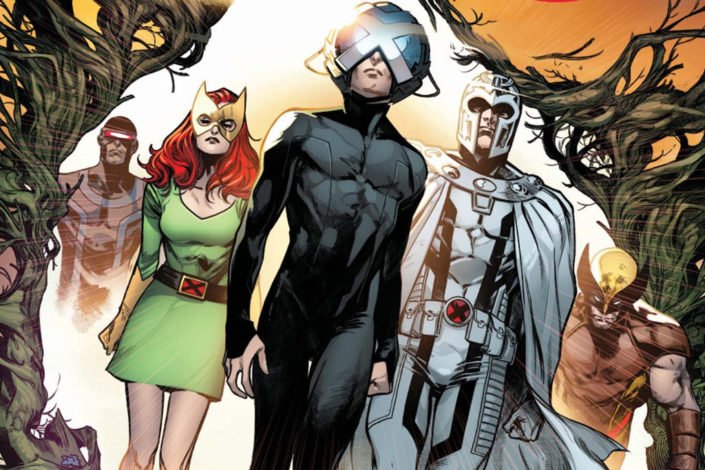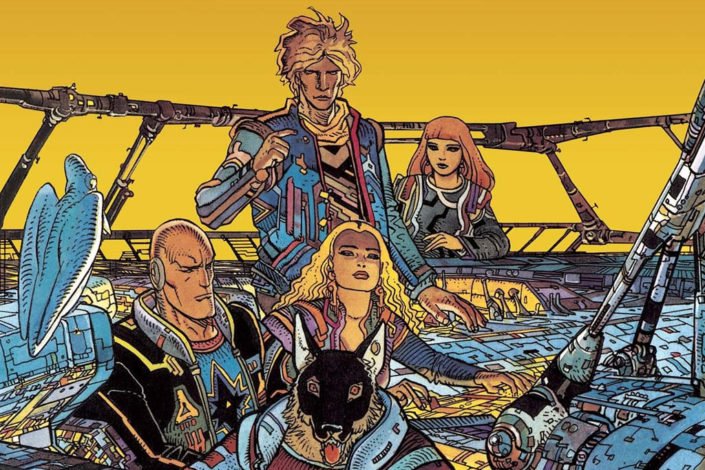Devil’s Reign Reading Order, a Daredevil Event by Chip Zdarsky and Marco Checchetto

Daredevil fans rejoice! The Devil of Hell’s Kitchen hasn’t had an event around him since 2010, with Shadowland. The actual Daredevil team, Chip Zdarsky and Marco Checchetto rectify that with Devil’s Reign, a Marvel event confronting our superheroes to the mayor of the biggest city in America, Wilson Fisk!
Per Marvel’s official Synopsis, Wilson Fisk has risen from Kingpin of Crime to mayor of the biggest city in America. Now he’s going to bring his full criminal and political power to bear on the superheroes who call NYC home!
The man who once destroyed Daredevil has targeted the Fantastic Four, Iron Man, Captain America, Spider-Man, Jessica Jones, Luke Cage, and more. Fisk has an army of supervillains at his command — including Crossbones, Taskmaster, Typhoid Mary, Shocker, Whiplash, Rhino, and Kraven — and that’s just his opening salvo. Wait until you meet his Thunderbolts!
But Mayor Fisk isn’t the only one with ambitions…and you know what they say about honor among thieves. From the blockbuster creative team of DAREDEVIL comes the final act in Wilson Fisk’s master plan!
Read More »Devil’s Reign Reading Order, a Daredevil Event by Chip Zdarsky and Marco Checchetto








